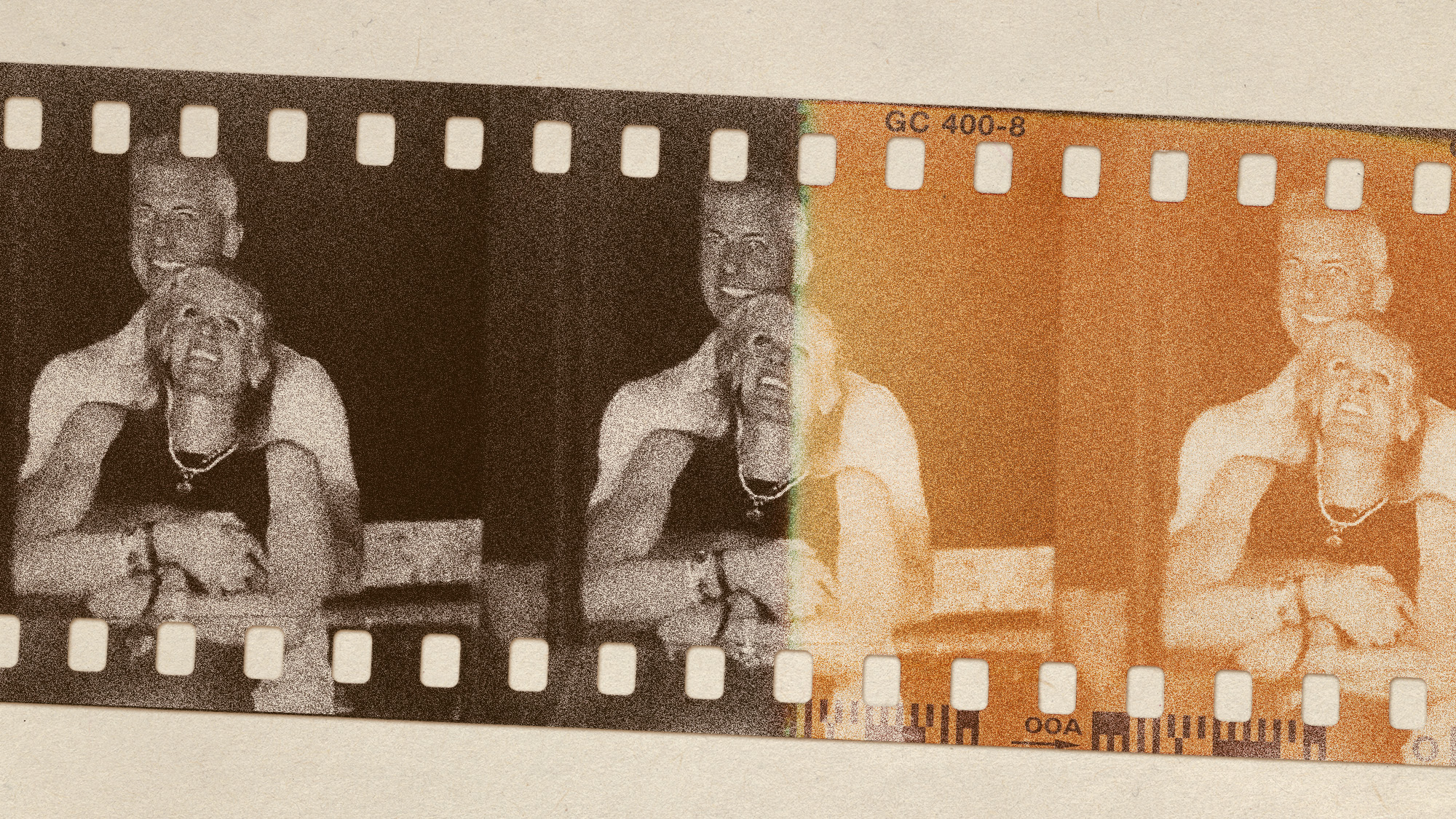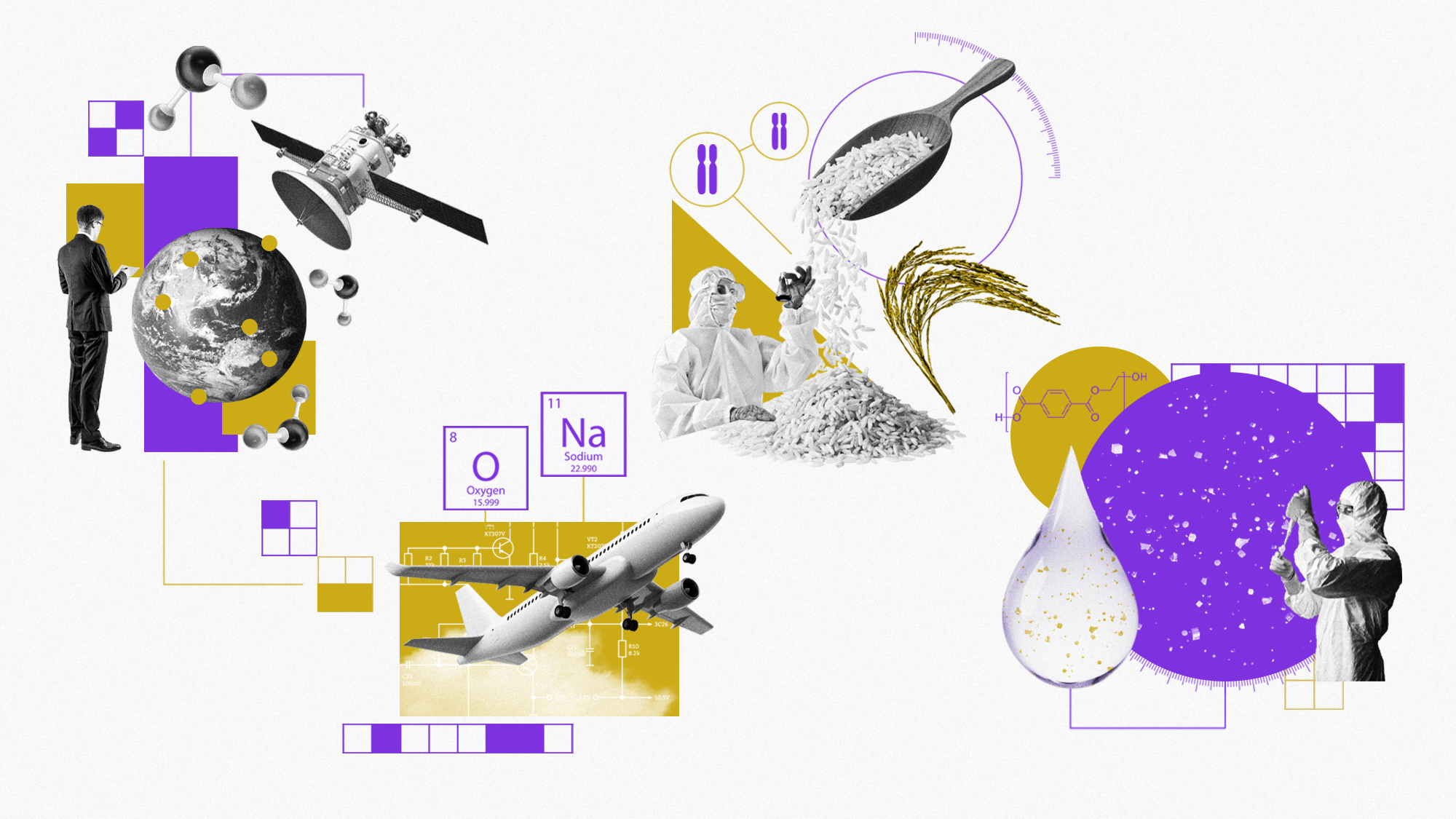6 surprising things social media can predict
The FBI wants to mine social media for data it hopes can predict future terrorist attacks. But that's not the only way to use Facebook and Twitter as crystal balls

The FBI, the Pentagon, and U.S. foreign intelligence agencies are asking outside programmers to design software that will let them sift through the billions of Facebook posts, tweets, and the rest of the universe of social media to get a better, real-time fix on what's going on in the world — and what could happen next. But spy shops are hardly the only ones trying to harness the power of social media to predict the future. Here, six ways data miners are trying to turn Facebook and other social networks into digital crystal balls:
1. Predicting terrorist attacks
The FBI and Director of National Intelligence's office are seeking software that will search through the mountains of "publicly available" data available online — Facebook posts, Wikipedia edits, web searchers, tweets, traffic cameras — and fuse it with intelligence data and maps to "beat the news" by predicting events about to happen. "If [you think] that sounds suspiciously like Minority Report, you're not alone," says Andrew Couts in Digital Trends. We applaud anything that helps "stop truly 'bad guys'... who want to blow up a football stadium." But who do the feds consider "bad guys" today? "Hackers like Anonymous? Wikileaks supporters? Occupy Wall Street protesters? Everyone?"
The Week
Escape your echo chamber. Get the facts behind the news, plus analysis from multiple perspectives.

Sign up for The Week's Free Newsletters
From our morning news briefing to a weekly Good News Newsletter, get the best of The Week delivered directly to your inbox.
From our morning news briefing to a weekly Good News Newsletter, get the best of The Week delivered directly to your inbox.
2. Forecasting election winners
Social media has become a powerful, if imperfect, tool for predicting the winner of the presidential primaries and caucuses this election cycle. As the analysis tools improve, that's bad news for pollsters, says Derrick Harris in GigaOm. It's likely that "the thoughts of a few million people speaking freely are more telling than those of a substantially smaller number of people willing to pick up the phone or waste 30 minutes of their day answering questions." On a creepier level, says Keya Dannenbaum in The Huffington Post, "political data companies are buying up scores of commercial data on each of you," to predict how you personally will vote.
3. Red Carpet prognostications
Social media has become the go-to oracle for winners of award ceremonies like Academy Awards, says Shira Lazar in Entertainment Weekly. Following last year's success by the Meltwater Group — it gauged online buzz to accurately predict Best Picture and Best Actress winners — the social media race is on for this year's Oscars. According to Simply Measured, the team behind the movie Hugo and Best Actor nominee Gary Oldman should be preparing their acceptance speeches. Social media does pretty well with smaller festivals like Sundance, too, says Devon Smith in 24 Usable Hours.
A free daily email with the biggest news stories of the day – and the best features from TheWeek.com
4. Picking the winner of the big game
Several social media companies also used "millions of cells of [social networking] data and robust mathematical models" to find out which team people were favoring for this year's Super Bowl. Unfortunately for firms like Track Social and MotiveQuest, although the New England Patriots won the Facebook-Twitter Super Bowl, they lost the actual game. Using social media to predict sporting events is dumb, says Zach Hofer-Shall at Forrester Research. "Unlike voting shows like American Idol, where fans can influence the outcome," popular opinion doesn't determine how players perform. Still, says GigaOm's Harris, listening to fans' opinions could help pro teams decide who to play, trade, and cut.
5. Choosing winning stocks
Figuring out when the market will rise and fall is perhaps the Holy Grail of social media soothsaying, so a lot of effort has gone into plumbing Twitter posts and web searches to gauge market sentiment. The field of "sentiment analysis" includes WiseWindow, Derwent Capital Markets, and new entrant Topsy Labs, which used Twitter to accurately predict Netflix's big stock drop last September. Hedge fund Derwent created the first Twitter Fund last May, using social media as the sole guide for the fund's direction. It outperformed rival hedge funds in its first couple months.
6. Predicting what articles people will read
HP Labs recently determined that just by looking at an article's key content, its researchers could predict with 84 percent accuracy how popular the story would be, says Rikki Endsley in CMSWire. Before the article was released, they looked at its subject, which news source published it, how subjective it was, and who was named in the article. Then they followed the published story's spread on Twitter. There were no "major bombshells" in the study, but the most important predictor was who published the article, followed by its subject category. Boldfaced names and subjectivity had no predictive power.
-
 The most anticipated movies of 2026
The most anticipated movies of 2026The Week Recommends If the trailers are anything to go by, film buffs are in for a treat
-
 The biggest viral moments of 2025
The biggest viral moments of 2025In the Spotlight From the Coldplay concert kiss cam to a celebrity space mission, these are some of the craziest, and most unexpected, things to happen this year
-
 Environment breakthroughs of 2025
Environment breakthroughs of 2025In Depth Progress was made this year on carbon dioxide tracking, food waste upcycling, sodium batteries, microplastic monitoring and green concrete